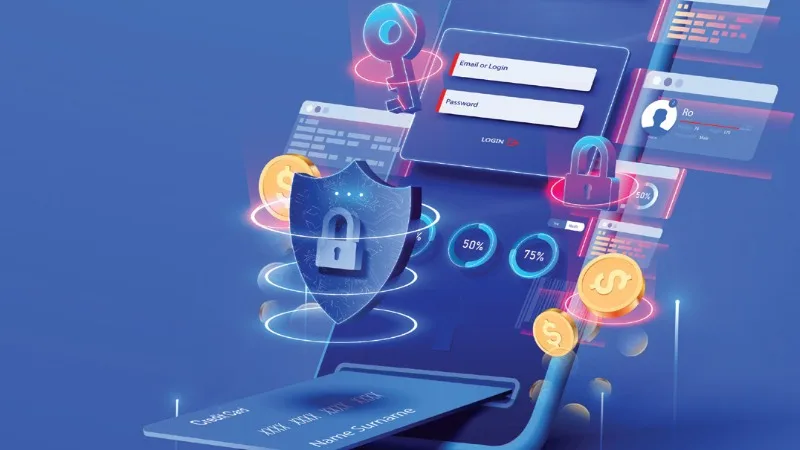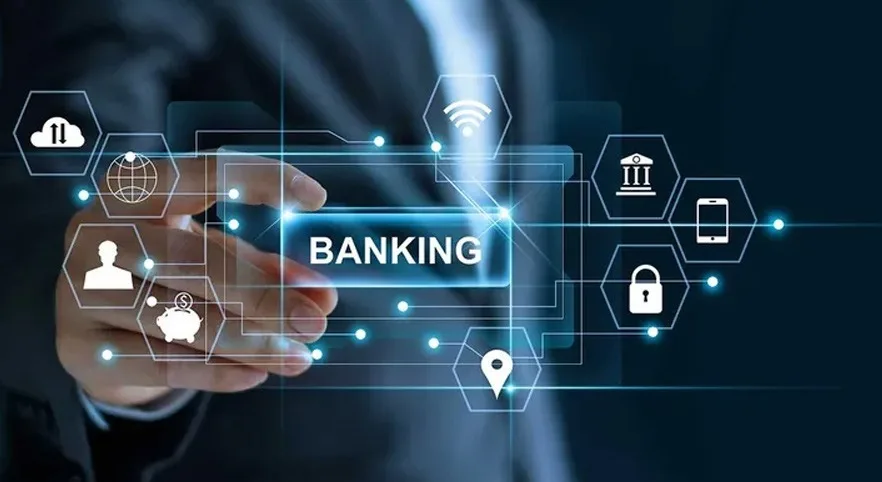What Is The Future Of Banking Branches In A Digital World?
One of the most trendy topics in the field of finance in recent years is whether physical banking branches will disappear or not. Today, even in many of the banks serving within the traditional banking ecosystem, all your transactions can now be carried out almost entirely with mobile banking solutions.
Except for withdrawing cash, almost no traditional bank customers need to visit branches. While many banking transactions, from taking out loans to transfers, can be done with mobile banking applications, the transformation and future function of physical branches is a matter of curiosity.
I think that in the near future, the importance of physical branches will decrease even more and they will continue their operations by taking on a different role by experiencing a transformation. Still, according to my near future perspective, physical banking branches will still maintain their existence to give large scaled banking businesses.

How Are Banks Redefining The Purpose Of Physical Branches?
While almost all of the traditional banking services can be done through mobile banking applications. Of course, banks had to redefine physical branches. While banks are redefining the purpose of physical branches, they began to see these branches as special consultancy and customer experience areas. For example, in the past, you could make money transfers, apply for a loan and withdraw cash at a bank branch.
However, today, the majority of these banking transactions can be carried out with mobile banking solutions. Therefore, in order to go to the branches, we only need to carry out transactions that require going to the branches.
Today, in modern countries, almost all reputable banks try out to redefine the purpose of physical branches in more specialized ways to give banking services. While all customers had to be in a branch to manage their banking needs in the past, today most of them can be carried out via mobile phones. Still, there is a permanent need for being of physical branches now.
In order for physical branches not to become an expense area for financial institutions, the branches provide special services and asset consultancy services and it needs to be defined as a new area where the customer has direct contact with the bank.
Are Digital-Only Banks Gaining Popularity Over Branches?

Even though almost all banking transactions have been done through mobile banking applications for many years, branches are still needed in many cases. Digital-only banks can largely perform the functions of traditional physical branches, but being in direct contact with bank employees, sharing our questions with a real person and getting consultancy about our assets.
We will need physical branches for a long time. Even though the developments in the field of financial technologies will largely eliminate our need for physical branches, large businesses, people with capital and investors who want to get direct strategy advice to evaluate their assets may still need physical branch appointments.
Maybe in the near future digital-only banks focused banks will also offer solutions for all these large-scale transactions through mobile banking applications.
What Services Will Remain Exclusive To Bank Branches?
Nowadays, while simple banking transactions can be done with mobile banking applications, we still have to visit physical branches for some special and complex financial transactions. These transactions generally include high rates of loan applications that require documentation, some official banking transactions related to our business, or financial strategies where we need to receive physical consultancy.
Physical branches continue to maintain their function for these comprehensive financial needs. In the near future, with the increase in the products and services offered by Artificial Intelligence technologies to the field of financial technologies, perhaps many of these complex financial transactions will be possible through mobile banking applications, but today we will still need to visit physical branches for many complex transactions.
For example, the need for investors with capital to receive consultancy for strategy development regarding their assets will continue to maintain the uniqueness of physical bank branches.
Can Banks Offer In-Person Services In A Post-Pandemic World?
A huge part of the banks continued to communicate with customers online in the post-pandemic world. After the pandemic, the entire process of opening an account from any bank and becoming a customer of that bank can now be carried out through online channels.
For example, opening a traditional banking account of your choice by downloading the mobile application of that bank whenever you want. You can become a customer of that bank through the mobile application of that bank. The bank officer will ask you to confirm some information after a video call with you.
After confirming your personal identification information correctly, some verifications will be checked and then your bank account will be opened within minutes. This is not just for opening a bank account, perhaps in the near future it will be possible for other private banking transactions. In other words, instead of going to the physical branch of the bank, you will be able to carry out your private banking transactions by making a facetime call with a bank employee.
How Do Hybrid Banking Models Balance Digital And Physical Presence?
Today, many banks and financial institutions work in a hybrid banking model by offering both online and physical branch experiences. While some customers can meet almost all their financial needs with mobile-friendly banking applications, some customers continue to visit physical branches for their smallest and simplest financial needs.
Managing large-scale businesses, capital fixed investors and large loan demands require physical branch experience in all banking models today, but in the near future, when the solutions offered by mobile banking applications become more complex, the products and services developed by financial technologies make this even easier, and physical branches will also be available for our large-scale financial needs. We will not have to be in branches. Financial institutions that closely follow today’s financial technologies continue to work with a hybrid banking model.
See you in the next post,
Anil UZUN
